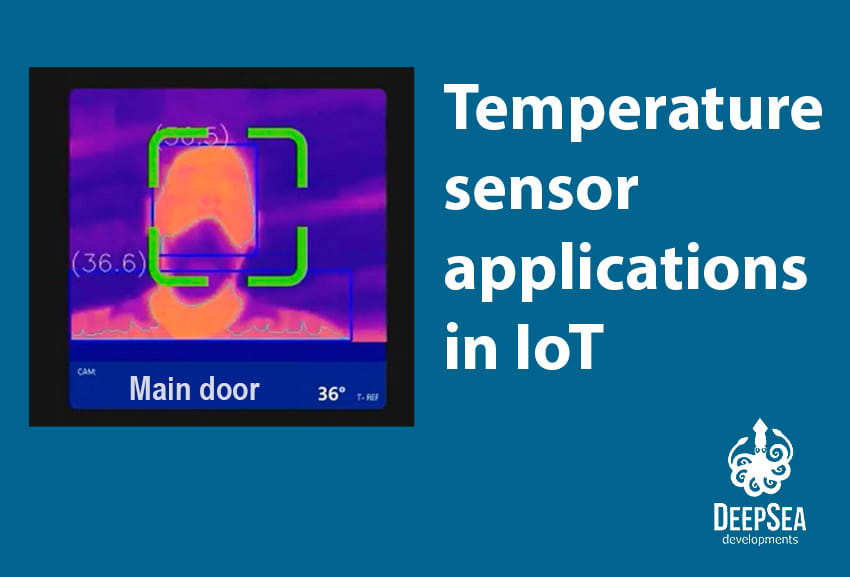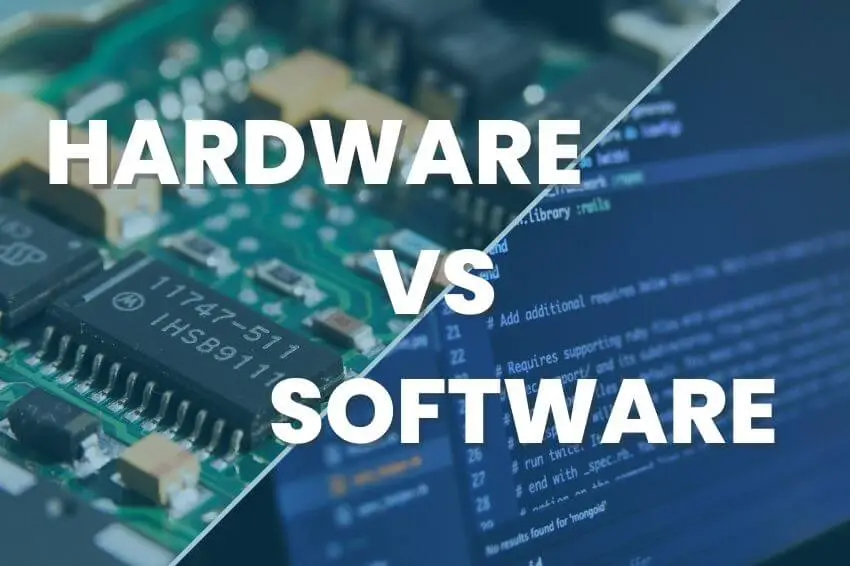The importance of IoT nowadays is allowing a lot of startups and companies to launch their own IoT products into the market. However, as this industry continues growing, there is also a big concern that needs to be addressed, that is, IoT vulnerability.
Such IoT vulnerabilities can be exploited by cyberattacks. And not only companies may be affected by this, but also the users that are constantly sharing their personal data in IoT devices.
Why are IoT devices vulnerable?
Since Internet of Things devices look forward to collecting and sharing data across multiple devices and platforms, there are different configurations, IoT frameworks and IoT protocols that need to be properly configured.
However, due to several components and connectivity needs, devices may be prone to certain vulnerabilities, and affect IoT privacy.
1. Hardware Limitations
One key factor contributing to the vulnerability of IoT devices is their hardware limitations. These devices are designed with specific functionalities in mind, but they often prioritize efficiency and cost-effectiveness over robust security configurations (See embedded programming languages).
2. Different transmission technologies
The different IoT devices you can find in the market are so diverse that they employ a wide range of transmission technologies. This makes it harder to have a predefined security standard in which every device can operate to reduce Internet of Things vulnerabilities.
It would be great to establish a general security framework that ensures IoT devices can securely connect with each other and mitigate IoT risks of being hacked.
3. Low security awareness
Another crucial aspect contributing to IoT security issues is the lack of user security awareness. People love to use wearable IoT devices, and they use them as a complement for several tasks throughout their days.
However, most of them don’t investigate deeply what could be the best security measures to be taken when sharing personal information on these devices.
There are many uses of IoT in daily life which can motivate both users and companies to incursionate in this world (See top IoT business models). But it is important to raise awareness on how to handle personal data on these products.
How do you avoid IoT vulnerabilities?
Weak passwords
Companies have many reasons for developing IoT devices, and most of them do their best for delivering secure products. But if people that use such devices won’t care about setting strong passwords, the security of the device will be easily compromised.
Recommendation for this IoT risk
Try to set strong passwords and connect your IoT device to secure networks or internet access points you really trust. This way you avoid exposing your personal data by making your IoT product vulnerable to unauthorized access.
Insecure networks
We mentioned this aspect above. IoT devices running on insecure networks expose them to attacks that compromise the confidentiality, integrity, or availability of information.
Recommendation for avoiding this IoT vulnerability
Try to connect only to networks you trust, and that you are sure are not public or too crowded with different users. Encryption protocols are crucial here to avoid potential hacking of your device, and you can be more secure if you navigate through password protected internet networks.
Outdated firmware or obsolete components
The use of deprecated or insecure software components and libraries in IoT devices introduces vulnerabilities. There must be effective device management for maintaining IoT security throughout the device lifecycle.
Recommendation for taking care of this IoT vulnerability
Do you wonder why is it necessary to count on a good firmware company? Because they can provide firmware updates for ensuring the different components of the IoT device are not prone to potential hacking attacks over time.
On the other hand, if there is software that needs to be updated, the user needs to download the new versions to ensure the correct performance and security of the device.
Insecure ecosystems
Another problem that could lead to IoT security issues is because of the ecosystem on which the IoT product relies. For instance, an insecure web, backend API, cloud, or mobile interface can be exploited to compromise devices or their related components.
Also, data collected by the IoT device must be protected during transfer, storage, and processing to maintain its integrity and reliability. If there is a lack of encryption and access controls, there could be unauthorized access and manipulation of sensitive data.
Recommendation for reducing IoT device vulnerabilities
It is recommended to implement strong authentication, authorization, encryption, and input/output filtering mechanisms in order to protect the entire IoT ecosystem.
Think of encryption protocols between IoT and cloud computing, secure data storage practices, and stringent access control measures.
We hope you liked this article about IoT vulnerabilities, keep in mind all the recommendations we gave here, which could be a good way to keep your IoT devices and data protected.





